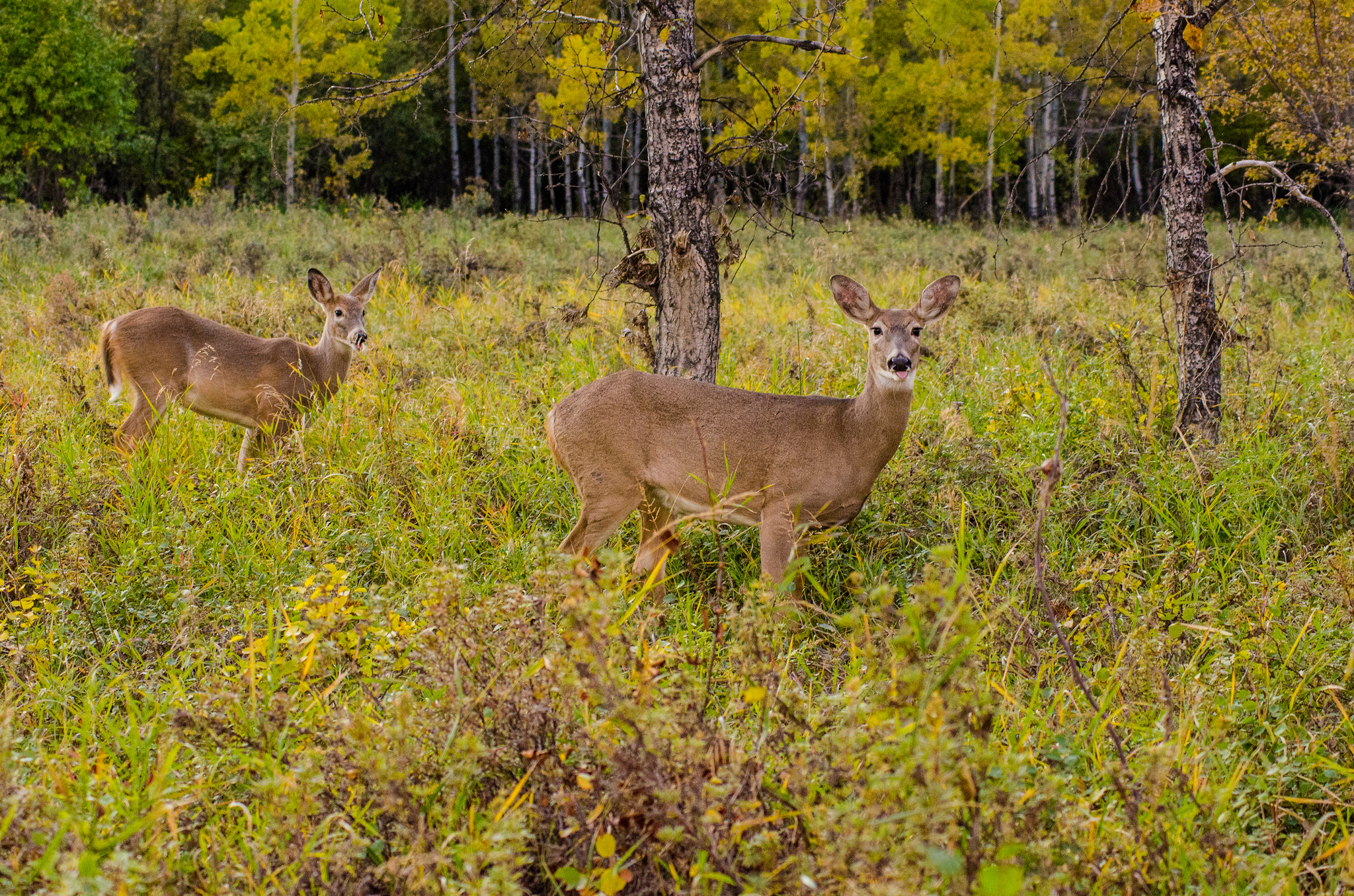With all the negative attention that often surrounds selective deer harvest and culls, the good news is often forgotten or at least left unpublished. Fortunately, that is not the case with several recently completed deer reduction programs administered by the National Park Service in Western Maryland.
As the initial part of long-term deer management programs, three national parks recently concluded deer reduction operations that hope to preserve and maintain the historic significance of two Civil War battlefields as well as a 5.810-acre mountain forest.
Utilizing extensive safety measures, sharp-shooting biologists from the U.S. Department of Agriculture performed the deer reduction activities on Antietam National Battlefield, Monocacy National Battlefield, and Catoctin Mountain Park. While the program, which kicked off in December 2016, was a first in both Antietam and Monocacy, Catoctin Park has been conducting these types of management projects since 2010.
The results are glowing. In addition to reducing human-deer conflicts such as vehicle collisions in the area, deer management programs such as this one help protect native vegetation and seedlings. Since 2010, Catoctin has enjoyed a 10-fold increase in native tree and shrub seedling density as a by-product of the deer reduction program.
The often-forgotten good news, in addition to the environmental impacts, is the amount of nutritious venison provided to those in need from these management projects. This project alone yielded and astonishing eight tons of venison for local food banks, soup kitchens, and shelters. This year the Maryland Food Bank, the Thurmont Food Bank, the Help Hotline and the Lunch Place soup kitchen and those they help all benefitted from the scientifically sound deer management programs used by the National Park Service.
Bon Appetit.
Feature Image: Colby Stopa/ Flikr




